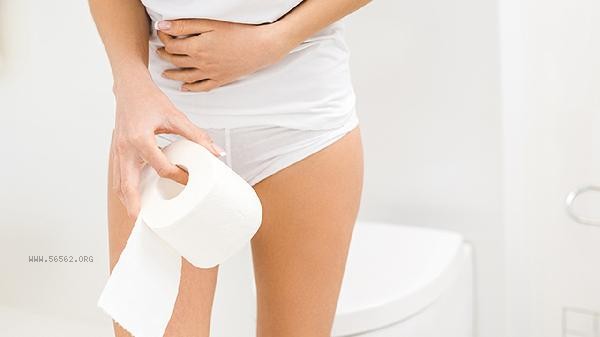Bile reflux gastritis with erosion is an inflammatory disease caused by the dual damage of bile and gastric acid to the gastric mucosa. It is usually caused by dysfunction of the pylorus, cholecystectomy, long-term use of nonsteroidal anti-inflammatory drugs, and other factors. The main symptoms include upper abdominal burning, nausea and vomiting, and decreased appetite. Treatment should be combined with comprehensive measures such as acid suppression, gastric protection, promotion of gastric motility, and mucosal repair. In severe cases, endoscopic intervention is necessary.

1. Dysfunction of the gastric pylorus
The relaxation or incomplete closure of the gastric pyloric sphincter can cause bile to reflux from the duodenum into the stomach. Long term reflux stimulation can damage the gastric mucosal barrier, leading to congestion and erosion. Patients often experience discomfort such as postprandial bloating and belching. It is recommended to regulate the function through gastric motility drugs such as domperidone to avoid exacerbating reflux with high-fat diet, and to raise the head of the bed during sleep to reduce nighttime symptoms.
2. After cholecystectomy [SEP], the absence of gallbladder allows bile to continue to be discharged into the intestine, making it easy to reflux to the stomach on an empty stomach. postoperative patients may experience symptoms such as hidden pain under the xiphoid process and bitter mouth. Regular eating is necessary to consume bile, taking mucosal protectants such as magnesium aluminum carbonate to neutralize bile acids, and if necessary, combining ursodeoxycholic acid to improve bile composition.
3. Use of nonsteroidal anti-inflammatory drugs
Long term use of aspirin and other drugs can inhibit prostaglandin synthesis and weaken the gastric mucosal defense ability. When bile reflux is combined, the risk of erosion significantly increases. Such patients should evaluate the necessity of medication and switch to selective COX-2 inhibitors, while also receiving acid suppressive treatment with rabeprazole. After subtotal gastrectomy, the anatomical relationship of the digestive tract is altered, and bile can directly contact the residual gastric mucosa. Patients often experience persistent upper abdominal pain, weight loss, and other symptoms. A small amount of multiple meals are required to reduce the burden, and sucralfate gel is used to cover the wound surface. Roux-en-Y anastomosis is required for bile diversion in severe cases.
5. Chronic biliary diseases

Cholangitis or cholelithiasis can lead to abnormal bile composition and increased bile salt concentration, directly damaging gastric epithelial cells. These patients need to first treat the underlying disease, such as common bile duct stone removal surgery, and take teprenone simultaneously to promote mucosal repair and limit spicy food to reduce irritation.
It is necessary to maintain emotional stability in daily life to avoid neuromodulation disorder aggravating reflux, quit smoking and drink to reduce gastric acid secretion, and choose easily digestible foods such as millet porridge and yam. Regularly monitor mucosal repair with gastroscopy, and seek medical attention immediately if there are alarm symptoms such as vomiting blood or black stool. It is recommended to choose activities such as walking, walking, and sports to avoid movements that increase abdominal pressure, such as abdominal curling. It is recommended to use anatomical angles in the left lateral position during sleep to reduce the probability of reflux.








Comments (0)
Leave a Comment
No comments yet
Be the first to share your thoughts!